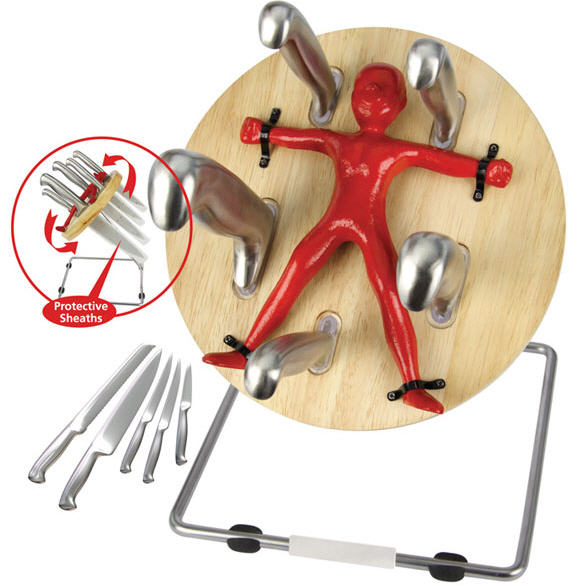There's a fun video posted to the ACLU web site - it is worth watching as it raises some legitimate issues on the privacy of information and the consequences of the sharing and linking of that information. You can watch the video here
What is interesting about this video is how close we are already to this reality. Many private companies can already link existing public sources of data to create an extensive and fairly detailed profile of individuals, their buying habits, preferences etc. You only have to visit your local Jiffy Lube to see how quickly they can pull up all the details on your car and based on this offer the best "treatments" for the "health" of your car! In this case best is probably as much about your car as it is for selling you additional services. In the case of you supermarket shopping card this tracks your purchases in excruciating detail and there have been many instances of this data being used against the individual. In this particular instance it turns out the data used while correct proved to be a red herring and in the words of Bruce Schneier:
So where is the balance - I believe unfortunately that as Lord Acton said:
So how do we balance the need to share relevant medical information with the concern that the sharing of that information could be used against you. The answer is unclear and the issue complex but several groups are working towards this goal, trying to balance the need for information with the need to protect everyone from the inevitable abuse that comes with total access and power.
Some of the EMR companies have a "Break the Glass" approach to urgent access - providing emergency access to anyone with a corresponding oversight in all cases where they felt the need to break the glass and access all the patient's data. The Voluntary Universal Healthcare Identifier (VUHID) group has taken a slightly different approach by creating a voluntary identifier which allows the individual to control and manage access to their clinical information on an ongoing basis:

What is interesting about this video is how close we are already to this reality. Many private companies can already link existing public sources of data to create an extensive and fairly detailed profile of individuals, their buying habits, preferences etc. You only have to visit your local Jiffy Lube to see how quickly they can pull up all the details on your car and based on this offer the best "treatments" for the "health" of your car! In this case best is probably as much about your car as it is for selling you additional services. In the case of you supermarket shopping card this tracks your purchases in excruciating detail and there have been many instances of this data being used against the individual. In this particular instance it turns out the data used while correct proved to be a red herring and in the words of Bruce Schneier:
The moral of this story is that even the most innocent database can be used against a person in a criminal investigation turning their lives completely upside down.Clearly today we already see data usage beyond what might be expected, and many would say beyond reasonable limits. But at the same time I think most patients would agree that any visit to a medical office is an extremely frustrating experience. Such visits require patient's to hand write all their data onto a paper form. Data that already exists in many other systems and often in the very system that it is destined to be entered into.
So where is the balance - I believe unfortunately that as Lord Acton said:
Power tends to corrupt, and absolute power corrupts absolutely. Great men are almost always bad menI also firmly believe that the sharing of information is essential to the delivery of high quality care. So while it is clear to me that ready access to the complete medical record is the most helpful to clinicians there has to be some limitations to accessibility.
So how do we balance the need to share relevant medical information with the concern that the sharing of that information could be used against you. The answer is unclear and the issue complex but several groups are working towards this goal, trying to balance the need for information with the need to protect everyone from the inevitable abuse that comes with total access and power.
Some of the EMR companies have a "Break the Glass" approach to urgent access - providing emergency access to anyone with a corresponding oversight in all cases where they felt the need to break the glass and access all the patient's data. The Voluntary Universal Healthcare Identifier (VUHID) group has taken a slightly different approach by creating a voluntary identifier which allows the individual to control and manage access to their clinical information on an ongoing basis:
.....to enable error-free linkage of clinical information,There are others solutions and ideas and no doubt there will be more added as the systems and ideas develop - whatever we end up with it is clear this is complex area and will require continued debate, careful consideration and ongoing participation by all parties from the vendor community, through government all the way to the individual to ensure we come out with a solution that everyone can live with
enhance the privacy of patient information, improve the quality of
medical care, reduce the rate of medical errors, decrease the incidence of healthcare-related identity theft, and help control healthcare costs.

 ?
? that remain on the shelf but all the others do make life easier.
that remain on the shelf but all the others do make life easier.



